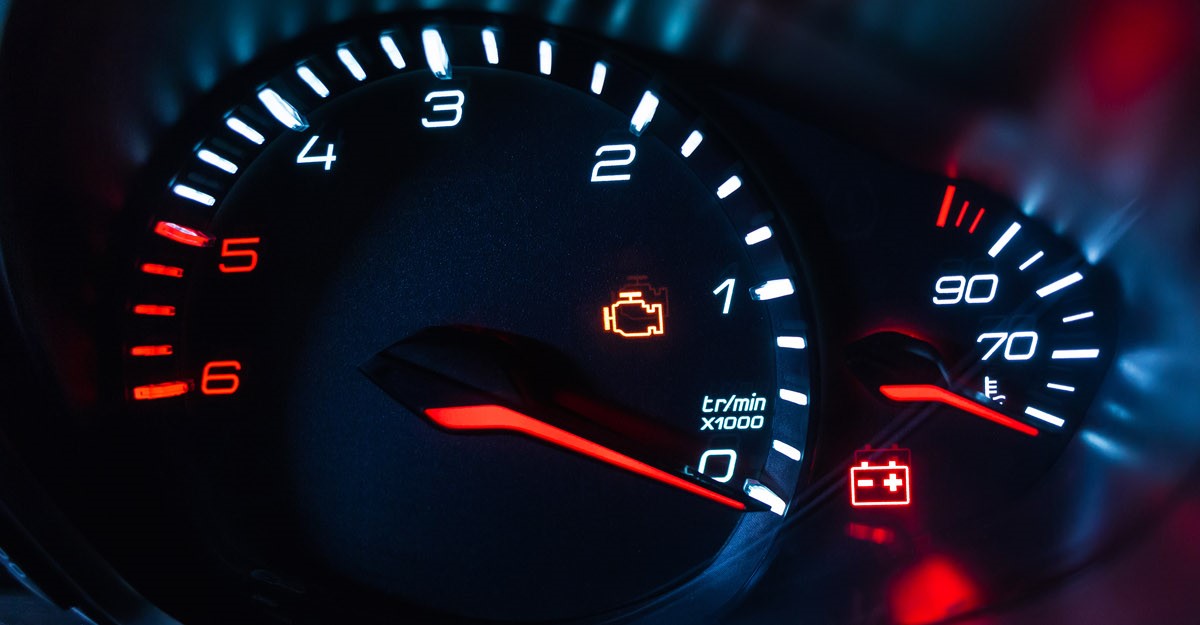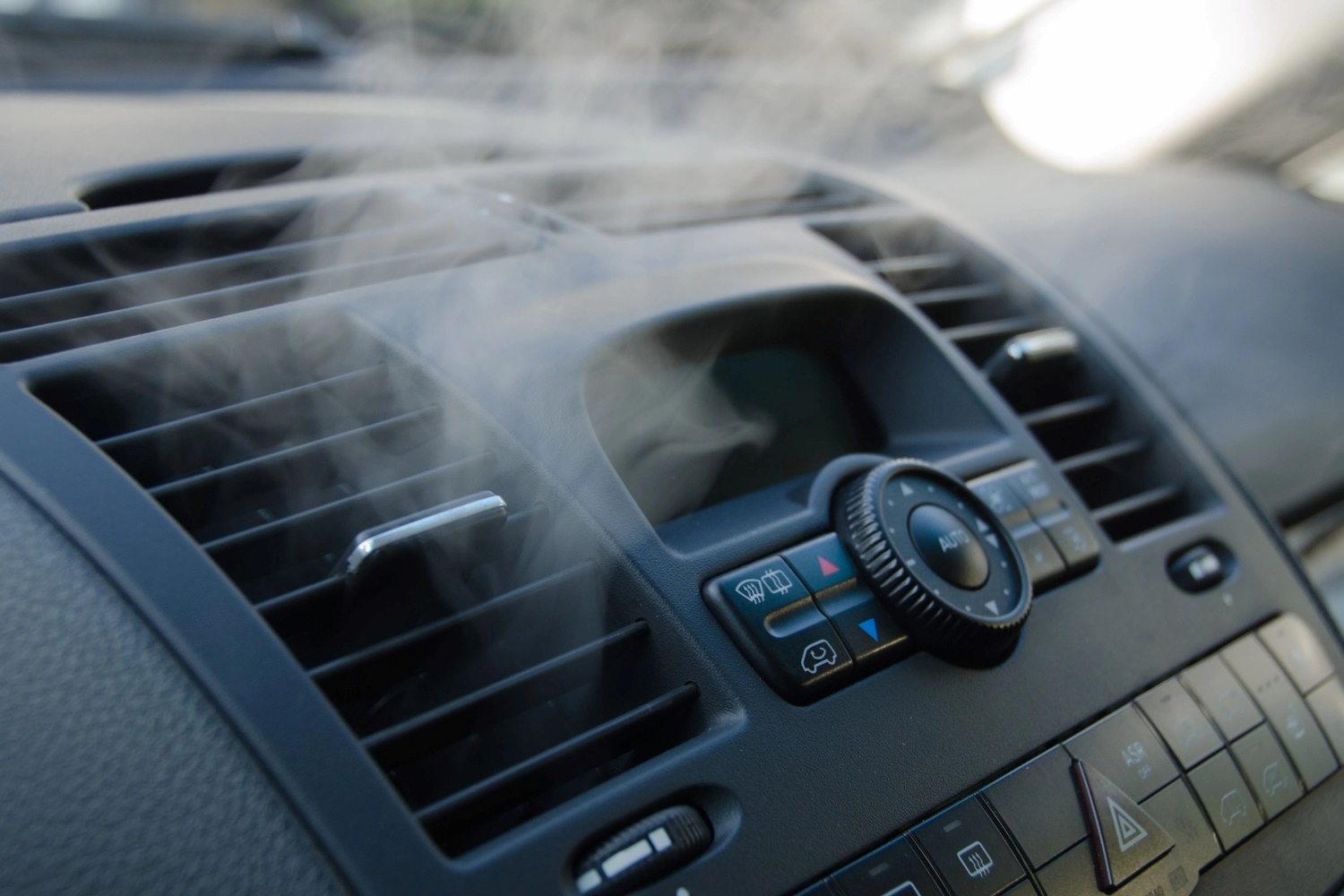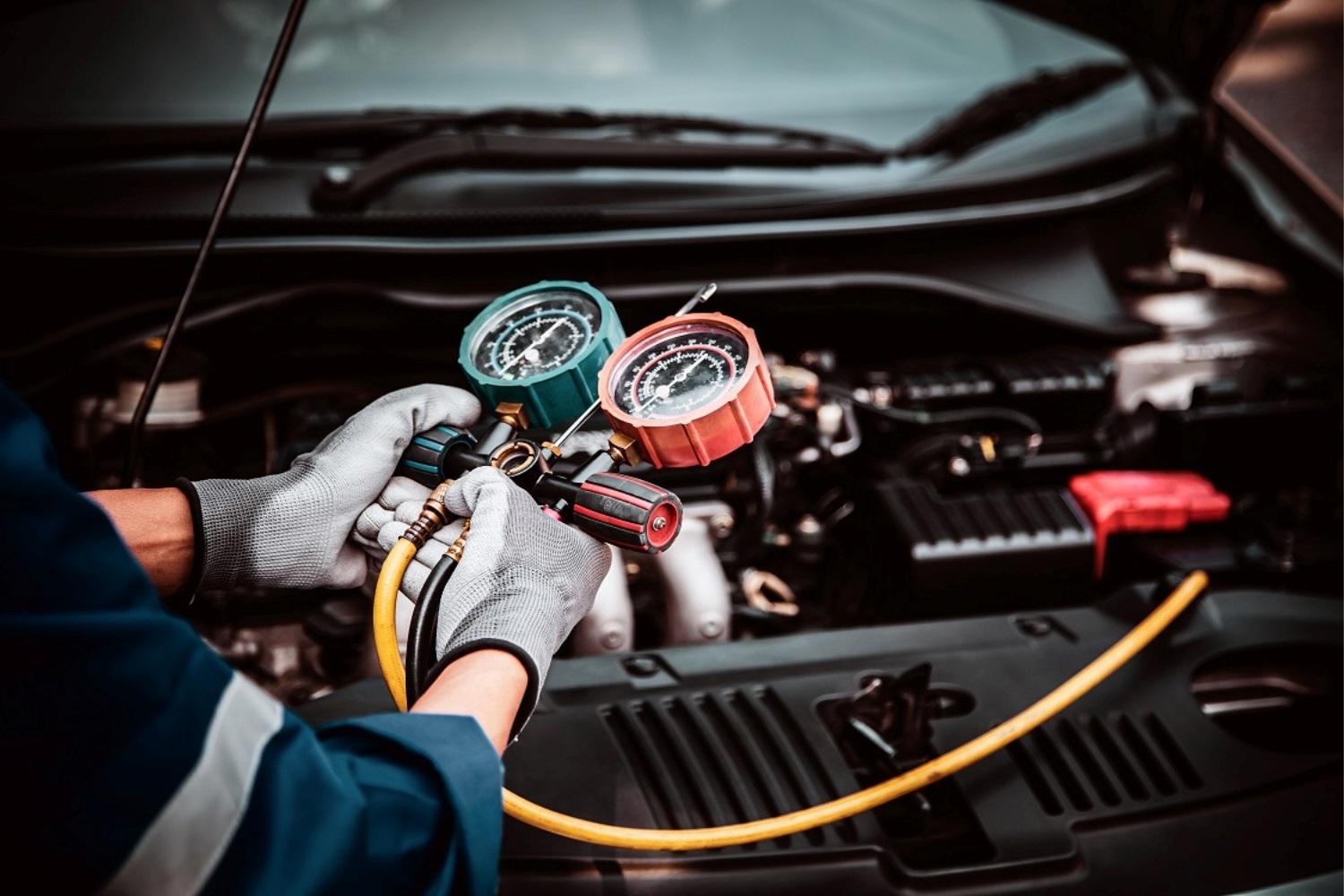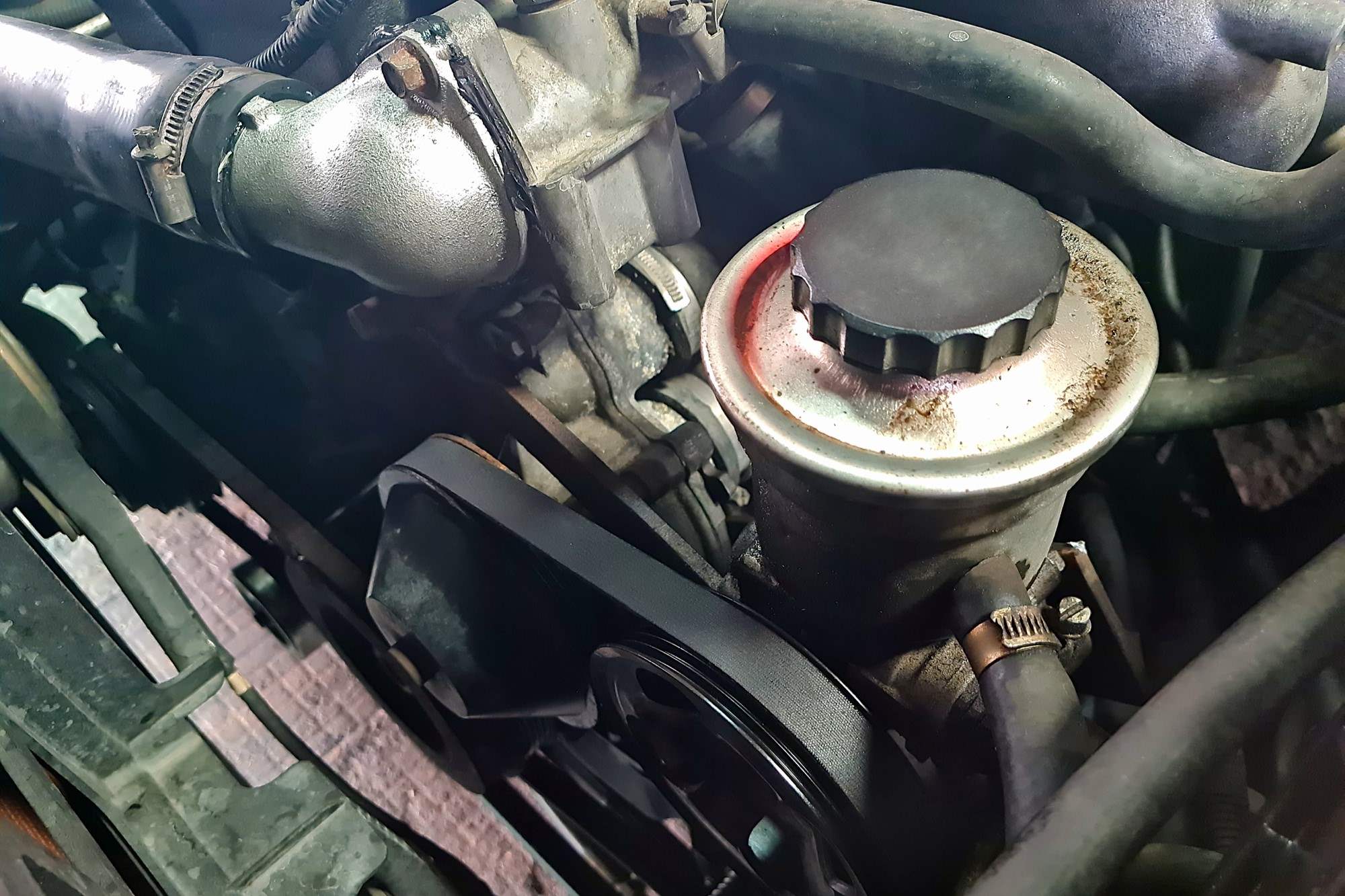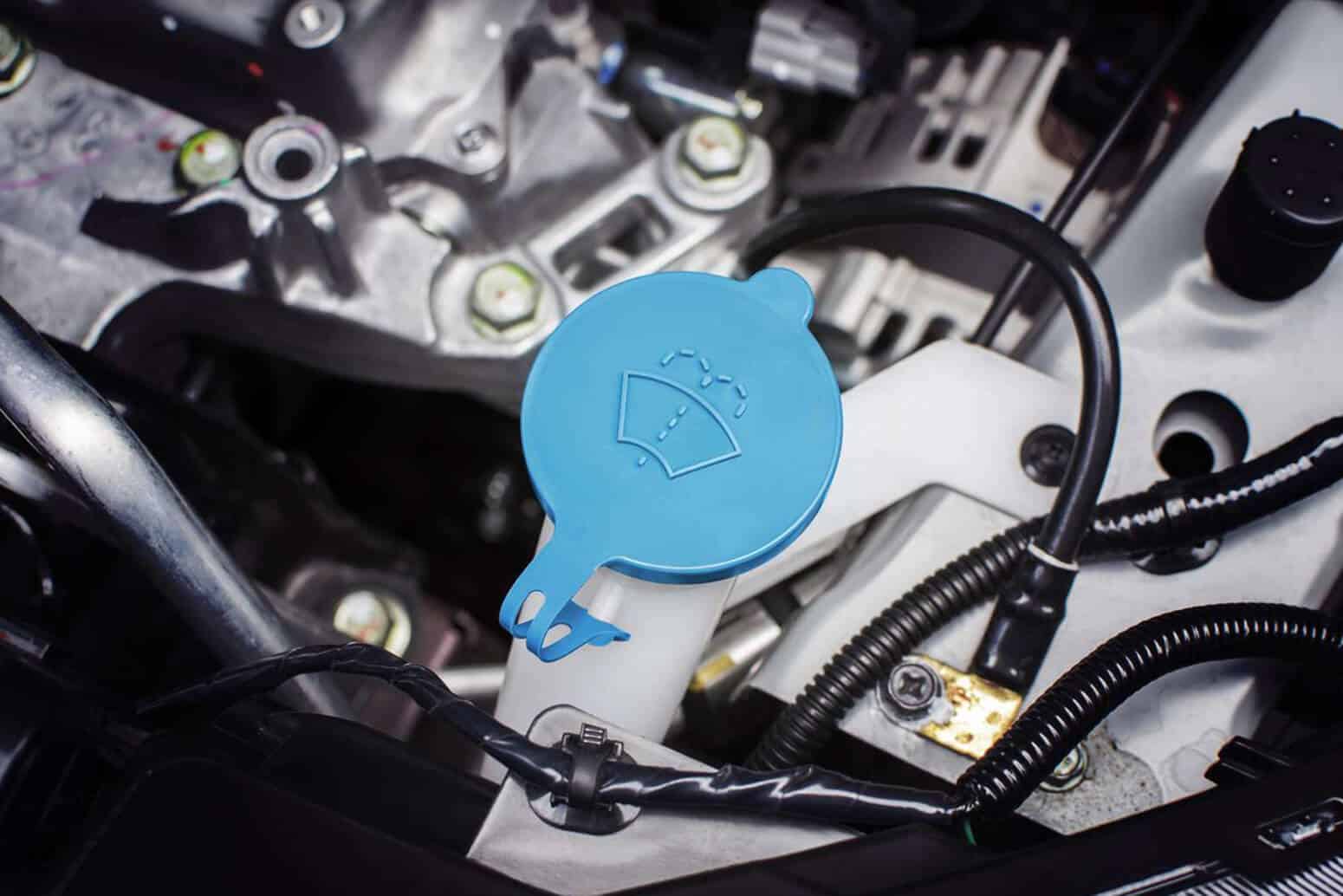Home>Automotive>The Surprising Reason Your Car Won’t Accelerate Even When RPMs Increase
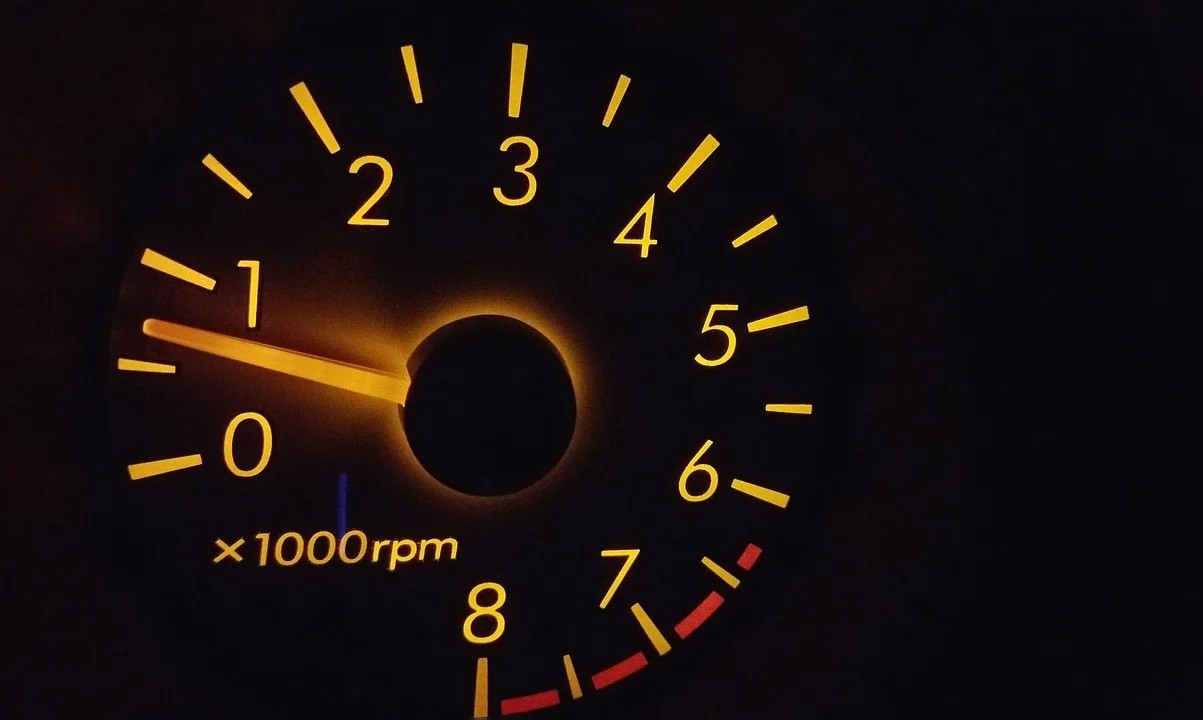

Automotive
The Surprising Reason Your Car Won’t Accelerate Even When RPMs Increase
Published: February 13, 2024
Discover the surprising reason why your car won't accelerate despite increasing RPMs. Get expert automotive insights and solutions to fix the issue.
(Many of the links in this article redirect to a specific reviewed product. Your purchase of these products through affiliate links helps to generate commission for Noodls.com, at no extra cost. Learn more)
Table of Contents
Introduction
Have you ever experienced the frustration of pressing down on the gas pedal, only to find that your car won't accelerate as expected, even when the RPMs increase? It's a perplexing situation that can leave drivers feeling bewildered and concerned about the health of their vehicle. Understanding the underlying reasons behind this issue is crucial for maintaining both the performance and safety of your car.
In this article, we'll delve into the surprising reasons why your car may fail to accelerate despite an increase in RPMs. From the intricate workings of the throttle to the impact of fuel system problems and the role of the transmission, we'll explore the various factors that can contribute to this perplexing issue. By gaining a deeper understanding of these potential causes, you'll be better equipped to address any acceleration issues that may arise with your vehicle.
So, buckle up and get ready to uncover the mysteries behind your car's reluctance to accelerate, even when the engine seems to be revving up. Let's embark on a journey through the inner workings of your vehicle to shed light on this common yet confounding problem.
Understanding the Role of the Throttle
At the heart of your car's ability to accelerate lies a critical component known as the throttle. This seemingly simple yet vital mechanism plays a pivotal role in regulating the flow of air and fuel into the engine, directly influencing the vehicle's speed and performance.
When you press down on the gas pedal, you're essentially commanding the throttle to open, allowing more air to enter the engine. In response to this increased airflow, the engine control unit (ECU) adjusts the fuel injection to maintain the optimal air-fuel mixture for combustion. This harmonious interaction between the throttle, airflow, and fuel delivery is what propels your car forward when you accelerate.
The throttle itself can take various forms, with older vehicles often featuring a mechanical linkage between the gas pedal and the throttle body, while modern cars utilize electronic throttle control (ETC) systems. In ETC-equipped vehicles, the position of the gas pedal is detected by sensors and relayed to the ECU, which then commands an electric motor to adjust the throttle opening accordingly.
However, when your car fails to accelerate despite an increase in RPMs, the throttle becomes a prime suspect. A malfunctioning throttle position sensor (TPS) or a clogged throttle body can disrupt the delicate balance between air and fuel, leading to sluggish acceleration or even a complete lack of response from the engine.
Furthermore, issues with the throttle control system, such as a faulty electronic throttle body or a disrupted signal from the gas pedal sensors, can impede the smooth operation of the throttle, resulting in an apparent disconnect between the driver's input and the vehicle's actual performance.
Understanding the intricate interplay between the throttle, airflow, and fuel delivery is crucial for diagnosing and resolving acceleration issues. By recognizing the pivotal role of the throttle in dictating your car's speed and responsiveness, you can better appreciate the significance of maintaining this fundamental component in optimal working condition.
In the next sections, we'll explore additional factors that can contribute to acceleration issues, shedding light on the complex web of systems and components that collectively determine the dynamic behavior of your vehicle.
Common Causes of Acceleration Issues
When your car exhibits reluctance to accelerate despite an increase in RPMs, several common culprits may be at the root of this perplexing problem. Understanding these potential causes is essential for diagnosing and addressing the underlying issues effectively.
-
Clogged Air Filter: A clogged or dirty air filter can restrict the airflow into the engine, disrupting the air-fuel mixture and impeding combustion. This can result in sluggish acceleration and reduced engine performance.
-
Fuel System Problems: Issues within the fuel system, such as a clogged fuel filter, failing fuel pump, or dirty fuel injectors, can compromise the delivery of fuel to the engine. Insufficient fuel supply can hinder acceleration, leading to a noticeable lack of power when attempting to speed up.
-
Malfunctioning Mass Airflow Sensor (MAF): The MAF sensor measures the amount of air entering the engine and communicates this data to the ECU for precise fuel injection. A faulty MAF sensor can disrupt this crucial feedback loop, leading to erratic acceleration and potential stalling.
-
Ignition System Malfunctions: Problems within the ignition system, including faulty spark plugs, ignition coils, or the ignition control module, can result in misfires and reduced engine power. These issues can manifest as hesitation and poor acceleration, especially during rapid throttle input.
-
Exhaust System Restrictions: A restricted or clogged exhaust system, often caused by a failing catalytic converter or a blocked exhaust pipe, can impede the efficient expulsion of exhaust gases. This can lead to back pressure, reducing engine power and causing a noticeable decline in acceleration performance.
-
Vacuum Leaks: Unintended air leaks in the engine's vacuum system can disrupt the air-fuel mixture, leading to irregular engine operation and diminished acceleration. Common sources of vacuum leaks include deteriorated hoses, gaskets, and intake manifold components.
-
Transmission Issues: A malfunctioning transmission, whether due to low transmission fluid, worn clutch packs, or a failing torque converter, can significantly impact the vehicle's ability to accelerate smoothly. Slipping gears, delayed shifts, and transmission fluid leaks are indicative of potential transmission-related acceleration problems.
By recognizing these common causes of acceleration issues, you can take proactive measures to address and rectify these underlying issues. Regular maintenance, timely inspections, and prompt attention to any warning signs can help mitigate the risk of encountering acceleration-related challenges, ensuring that your car remains responsive and reliable on the road.
The Impact of Fuel System Problems
Fuel system problems can exert a profound influence on your car's ability to accelerate, often manifesting as a noticeable decline in performance and responsiveness. The intricate network of components within the fuel system plays a pivotal role in delivering the precise amount of fuel required for combustion, and any disruptions within this system can lead to a cascade of issues affecting acceleration.
One of the primary manifestations of fuel system problems is a discernible lack of power when attempting to accelerate. This can be attributed to various underlying issues, such as a clogged fuel filter, failing fuel pump, or dirty fuel injectors. A clogged fuel filter impedes the smooth flow of fuel to the engine, resulting in inadequate fuel supply and hindering the combustion process. Similarly, a failing fuel pump can lead to insufficient fuel delivery, causing the engine to struggle when prompted to accelerate. Additionally, dirty or clogged fuel injectors can disrupt the precise atomization and distribution of fuel, compromising engine performance and responsiveness.
Furthermore, fuel system problems can give rise to irregular engine operation, characterized by hesitations and stumbles during acceleration. When the fuel system fails to deliver the requisite amount of fuel in a consistent manner, the engine may exhibit symptoms of hesitation, particularly when the throttle input is increased. This can create a disconcerting driving experience, as the car may feel sluggish and unresponsive when attempting to pick up speed.
In some cases, fuel system issues can also lead to potential stalling or rough idling, further exacerbating the challenges associated with acceleration. When the fuel supply to the engine becomes erratic or insufficient, the engine may struggle to maintain a stable idle or may even stall when additional power is demanded, such as during acceleration. This can pose safety concerns and necessitates prompt attention to rectify the underlying fuel system problems.
Addressing fuel system problems promptly is essential for restoring optimal engine performance and ensuring smooth acceleration. Regular maintenance, including fuel system inspections and timely replacement of fuel filters, can help mitigate the risk of encountering these issues. Additionally, using high-quality fuel and adhering to recommended service intervals for fuel system components can contribute to the long-term health and efficiency of the fuel delivery system, promoting consistent and responsive acceleration.
By recognizing the far-reaching impact of fuel system problems on acceleration, drivers can prioritize proactive measures to maintain the integrity of this critical system, thereby safeguarding the performance and reliability of their vehicles.
The Role of the Transmission
The transmission serves as a vital link between the engine and the wheels, facilitating the seamless transfer of power and enabling the vehicle to change speed and direction. Its intricate workings play a pivotal role in dictating the acceleration and overall performance of the car.
In automatic vehicles, the transmission operates through a complex system of gears, torque converters, and hydraulic circuits, all orchestrated to deliver smooth and efficient power delivery. When the driver accelerates, the transmission shifts through the gears, allowing the engine to operate within its optimal power band while translating that power to the wheels. This harmonious interaction between the engine and the transmission is essential for achieving responsive and consistent acceleration.
Conversely, in manual transmissions, the driver assumes direct control over gear selection, engaging the clutch to disengage the engine from the transmission before shifting to the appropriate gear. This manual manipulation of gears enables precise control over acceleration, allowing drivers to tailor the vehicle's speed and power delivery to suit varying driving conditions.
When the transmission encounters issues, such as low transmission fluid levels, worn clutch packs, or a failing torque converter, the vehicle's ability to accelerate smoothly can be significantly compromised. Slipping gears, delayed shifts, and transmission fluid leaks are indicative of potential transmission-related acceleration problems. Additionally, transmission-related issues can manifest as a noticeable lack of power during acceleration, as the transmission struggles to effectively transfer power from the engine to the wheels.
Furthermore, the transmission plays a crucial role in adapting to varying driving conditions, such as uphill climbs, sudden overtaking maneuvers, or towing heavy loads. A well-functioning transmission seamlessly adjusts gear ratios to accommodate these demands, ensuring that the vehicle can accelerate confidently and efficiently in diverse scenarios.
Understanding the pivotal role of the transmission in dictating acceleration underscores the significance of regular transmission maintenance and prompt attention to any warning signs of potential issues. By prioritizing the health and functionality of the transmission, drivers can uphold the dynamic performance and responsiveness of their vehicles, fostering a safe and enjoyable driving experience.
Addressing Electrical Issues
Electrical systems play a critical role in the operation of modern vehicles, encompassing a wide array of components that contribute to the car's overall functionality. When addressing acceleration issues, it's essential to consider the potential impact of electrical malfunctions on the vehicle's performance.
One common electrical culprit behind acceleration problems is the ignition system. Faulty spark plugs, worn ignition coils, or a malfunctioning ignition control module can disrupt the combustion process, leading to misfires and reduced engine power. These issues can manifest as hesitations and poor acceleration, especially during rapid throttle input. Regular inspection and timely replacement of spark plugs and ignition components are crucial for maintaining optimal engine performance.
Furthermore, the electronic control systems, including the engine control unit (ECU) and various sensors, play a pivotal role in regulating the engine's operation. A malfunctioning throttle position sensor (TPS) can lead to erratic throttle response, impacting the car's ability to accelerate smoothly. Similarly, a faulty mass airflow sensor (MAF) can disrupt the precise air-fuel mixture, resulting in irregular engine operation and diminished acceleration. Addressing these sensor-related issues through diagnostic testing and component replacement is essential for restoring proper engine performance.
In addition to the ignition and engine control systems, the charging and starting systems must also be scrutinized when addressing acceleration issues. A weak or failing battery can lead to voltage fluctuations, affecting the performance of electronic components and sensors. Moreover, a compromised alternator or charging system can result in inadequate power supply, impacting the overall electrical functionality of the vehicle. Regular battery and charging system inspections can help preemptively identify and address potential electrical issues that may impede acceleration.
Moreover, wiring harnesses and electrical connectors throughout the vehicle must be inspected for signs of wear, corrosion, or damage. These components form the intricate network that facilitates communication between various systems and sensors. Any disruptions within this network can lead to erratic behavior and performance issues, including acceleration-related challenges. Thorough visual inspections and diagnostic testing can help pinpoint and rectify potential electrical faults within the vehicle's wiring and connector systems.
By addressing potential electrical issues proactively and ensuring the integrity of critical electrical components, drivers can mitigate the risk of encountering acceleration-related challenges. Regular maintenance, diagnostic testing, and prompt attention to any warning signs can help uphold the electrical functionality of the vehicle, promoting consistent and responsive acceleration.
Conclusion
In conclusion, the perplexing scenario of a car failing to accelerate despite an increase in RPMs can stem from a myriad of underlying factors, each exerting a distinct influence on the vehicle's performance. From the intricate interplay of the throttle, airflow, and fuel delivery to the profound impact of fuel system problems, transmission issues, and electrical malfunctions, the potential causes of acceleration-related challenges are multifaceted and warrant thorough consideration.
Understanding the pivotal role of the throttle in regulating the engine's air-fuel mixture and the significance of maintaining this critical component in optimal working condition is essential for diagnosing and addressing acceleration issues. The throttle's seamless operation is integral to the vehicle's responsiveness and performance, making it a prime focus when troubleshooting acceleration-related challenges.
Moreover, recognizing the far-reaching impact of fuel system problems on acceleration underscores the importance of regular maintenance and timely inspections. Addressing issues such as clogged fuel filters, failing fuel pumps, and dirty fuel injectors is crucial for restoring optimal engine performance and ensuring smooth acceleration.
The transmission's role as a vital link between the engine and the wheels cannot be overstated, and its seamless operation is essential for achieving responsive and consistent acceleration. Regular transmission maintenance and prompt attention to potential issues are imperative for upholding the dynamic performance and reliability of the vehicle.
Furthermore, the intricate network of electrical components and systems within modern vehicles demands meticulous attention when addressing acceleration issues. From the ignition system to the engine control unit, sensors, and wiring harnesses, ensuring the integrity of these critical electrical components is paramount for promoting consistent and responsive acceleration.
By gaining a deeper understanding of these potential causes and their respective implications, drivers can take proactive measures to maintain the integrity of their vehicles' essential systems, thereby safeguarding performance and reliability on the road. Regular maintenance, diagnostic testing, and prompt attention to any warning signs are instrumental in mitigating the risk of encountering acceleration-related challenges, fostering a safe and enjoyable driving experience.
In essence, the surprising reasons behind a car's reluctance to accelerate, even when the RPMs increase, underscore the intricate interplay of various systems and components within the vehicle. By delving into the complexities of the throttle, fuel system, transmission, and electrical systems, drivers can equip themselves with the knowledge and insight necessary to address and rectify acceleration-related issues effectively, ensuring that their vehicles remain responsive, reliable, and poised for the open road.
